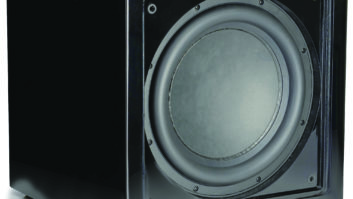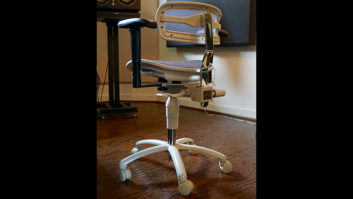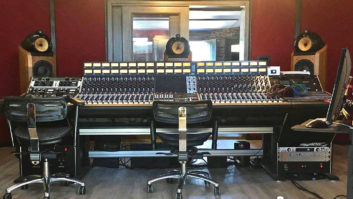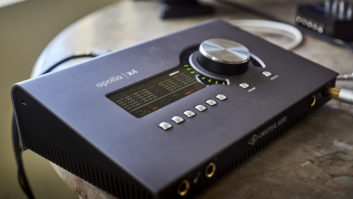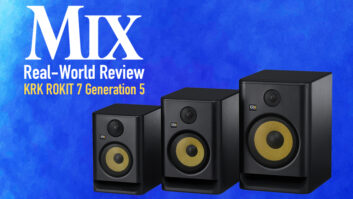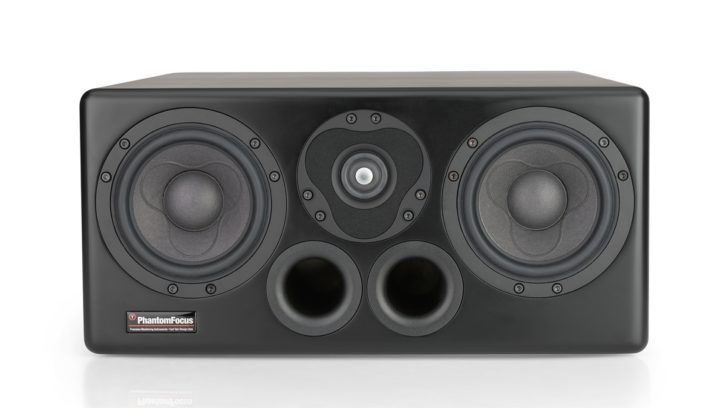
You’d be hard pressed to find anyone more passionate about audio than Carl Tatz. Not only is he serious about it, he knows it inside out. I got to know him before Recording Arts, his legendary Nashville studio, wound up in the hands of Sheryl Crow nearly two decades ago. Even in those days, more than anything else, Recording Arts was known for its exceptional monitoring. The fundamentals of the PhantomFocus System (PFS) were developed during Tatz’s Recording Arts tenure. That system has evolved into a portfolio of both physical studio designs and products that hold their ground against anything in the world today. The number of top engineers around the world who use Tatz’s talents to ensure their mixes accurately translate anywhere—be it streaming, on television or in movie theaters—continues to grow every year.
While Tatz often designs recording studios from the ground up, the PFS branding includes various pieces of hardware that are configured and “tuned” by his process, which combines physical properties, hardware design and system settings. Tatz can be hired to build a PFS studio from the ground up, but an existing studio can also bring him in to transform the facility into a PFS space through the integration of specific hardware that he configures via a combination of physics, software and his golden ears.
While the PFS process can be applied to any high-performance studio loudspeakers, Tatz had historically gravitated his clients toward the now-discontinued Dynaudio M1s because of their sound quality and their adaptability to the PFS process. The M1s were never perfect, but Tatz was convinced that they were the closest thing to perfection available on the market at the time.
Never one to settle for the status quo, Tatz began developing his own monitors. After finessing his dream over the years, the PFM UHD-1000 and PFM HD-1000 Professional Reference Monitors and PFM ICE Cube-12 Subwoofer are finally ready for public consumption. Tatz boasts that the monitors’ accelerated response times, phase linearity and tightly controlled mid-bass response result in high confidence, better and faster mixes, and increased enjoyment. My own extensive listening supports my assertion that this isn’t hype.
• The Carl Tatz Interview, by Russ Long, Feb. 11, 2015
• Carl Tatz Design PhantomFocus Monitor Optimization System (PFS), by Russ Long, Oct. 21, 2011
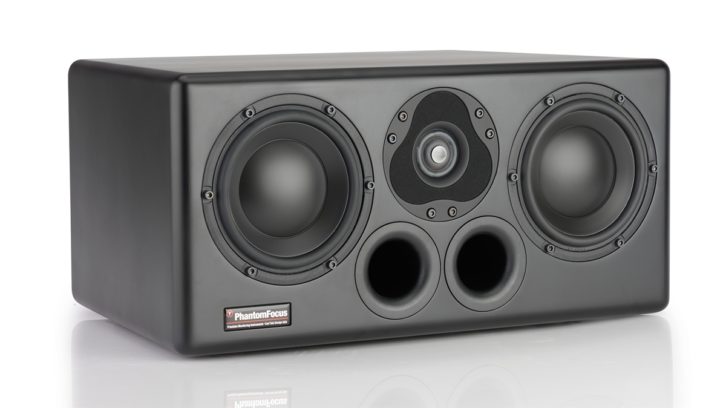
Both monitor models are passive and share nearly identical 8.2 x 17.8 x 12.2-inch cabinets with a built-in custom integrated IsoAcoustics pistonic decoupling system with a studio black luster finish. The UHD version, which is designed to be biamplified and features upgraded low-frequency drivers, weighs 24.1 pounds. The HD version is offered in two configurations: the PFM HD-1000A is actively biamped, requiring two channels of amplification per monitor, and the PFM HD-1000P features an internal Straight Wire passive crossover, requiring one channel of amplification per monitor.
The PFM ICE Cube-12 subwoofer is a 15.75-inch cube weighing 55 pounds. It incorporates a 700-watt amp that provides 120 dB maximum continuous SPL. It includes typical subwoofer functions including 40–140 Hz LPF with LFE Bypass and 0–180 Phase Switch. It’s important to note that both the PFM HD-1000 and UHD-1000 monitors are part of the PFS turnkey precision monitoring instrument ensemble and can only be purchased with the installation of a PhantomFocus System using the proprietary PFS tuning process.
I’ve spent a lot of time in PhantomFocus rooms around Nashville and my only complaint had been the rapid degradation of sound quality as you move away from the sweet spot. When you’re in the sweet spot, you’ll likely be experiencing the best monitoring situation of your career, but once you begin sliding one direction or another, the sound quickly deteriorates. I had always attributed this to PFS processing, but after spending time listening at The Upper Deck, one of the first studios to install PFM HD-1000 monitors, my tune has changed. The sweet spot of that room is still precise, but as you move in and out of the sweet spot, the transition is smooth, natural and subtle—an entirely different experience than listening in other PFS rooms with other monitor models.
The Ultimate Home Studio? Upper Deck Hits It Out of the Park, by Steve Harvey, Nov. 29, 2018
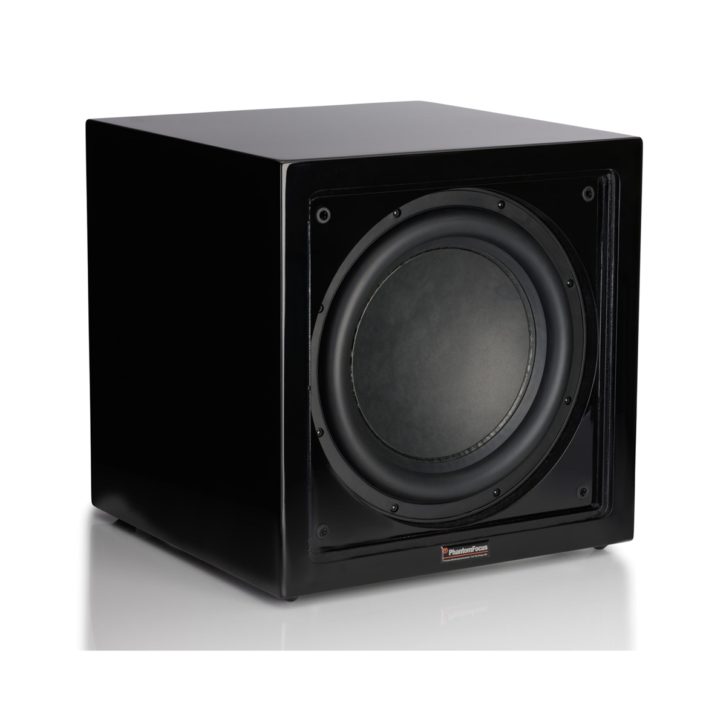
This was confirmed when I spent time listening at Doug Sarrett’s Uno Mas studio. Sarrett was an early adopter of the PhantomFocus System, and he updated the Tannoy Super Gold monitors that he’d been using for over two decades to the premium PFM UHD-1000 monitors; the results were stunning. The complete system has excellent imaging, pristine depth of field and accurate, extended low-frequency response regardless of monitoring volume. As is always the case with a PFS implementation, the speakers magically disappear, leaving a detailed sonic landscape. While the difference was subtle, the upgrade to the UHD version of the PFM monitor that I auditioned at Uno Mas in comparison to the HD version that I listened to at The Upper Deck was a definite improvement in both depth and clarity.
The new PhantomFocus monitors and subwoofer elevate monitoring accuracy to yet another level. Regardless of whether you are upgrading a current room or planning to build a space from the ground up, PFS along with PFM monitors and subwoofers should receive top consideration.
PhantomFocus • www.phantomfocus.com
Carl Tatz Design • carltatzdesign.com
